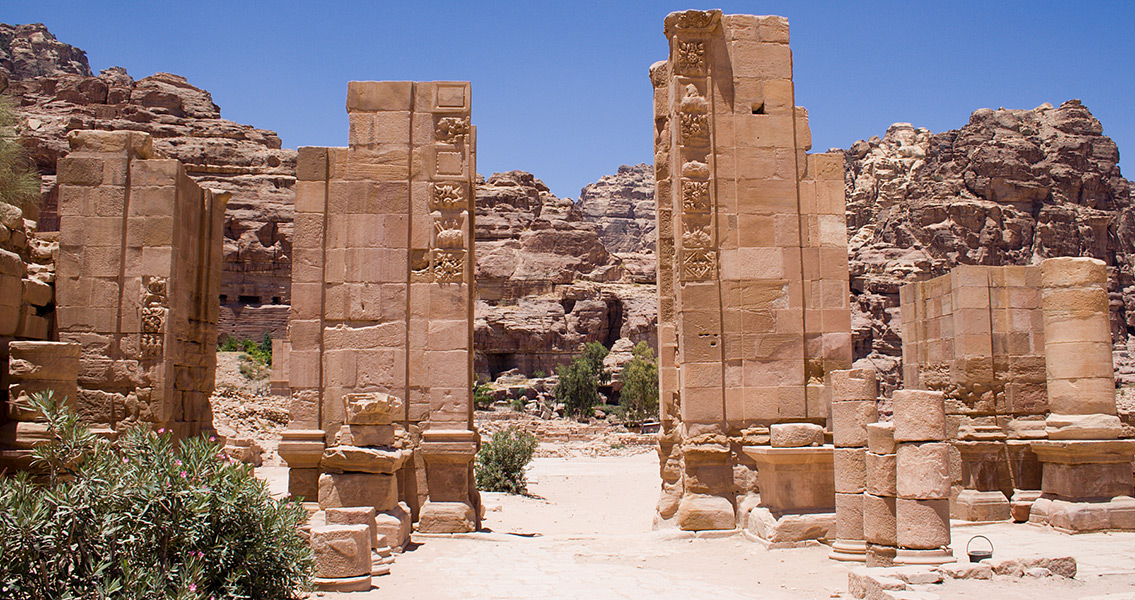<![CDATA[New research into the desert city of Petra has discovered evidence of highly advanced irrigation systems that would have allowed the city to flourish – and be adorned with lavish water features. Located in southern Jordan, Petra today is most likely known for its starring role as the location of the climax of the film “Indiana Jones and the Last Crusade”; with its architecture, cut out of the living rock, a stand-in for the final resting place of the Holy Grail. However, two millennia ago, Petra was a major destination, a whistle-stop for caravan routes thanks to its abundant water. Now, archaeologists have discovered some of why the ancient city was so blessed. 2,000 years in the past, Petra was the capital city of the Nabataeans, an Arab civilization that have always been known to have been advanced when it came to engineering and architecture. However, new research has revealed the depths of their ingenuity, with archaeologists finding the remains of artificially irrigated gardens and a massive swimming pool more than 40 meters wide, all fed by a groundbreaking irrigation system that preserved enough water for their needs and then some. Penn State Behrend College associate professor of anthropology Leigh-Ann Bedal remarked in a recent interview with Haaretz that the massive pool was the end point for a sophisticated aqueduct that fed water into Petra from a spring in the hills outside of the city. The ostentatious nature of the pool – and the exquisite gardens fed by the flowing water – would have sent a clear message to outsiders regarding how successful the Nabataeans were at providing water to the city, she added. Excavations within the city have found a shaft that seems to have funneled water at least 10 meters down, linking the aqueduct to the pool below. Scientists have likewise uncovered subterranean channels that would have provided support for runoff during the region’s rainy season, showcasing how the Nabataeans left nothing to chance. This seemingly unending array of underground water tanks, cisterns, ceramic pipes and channels would have done more than simply supply drinking water to those living in the desert city. In addition to naturally filtering the water, this system would have also made it possible to cultivate growth such as olives, grapes, fruit trees and other crops, and was so efficient that there was enough left over for a massive open-air pool surrounded by lavish gardens. With only 10 to 15 centimeters a year in rainfall, the flourishing of Petra is nothing short of miraculous. It was necessary to develop these advanced irrigation techniques, scientists say, or the city would have never been able to exist. These water preservation and filtration systems conserved every drop of rain that fell in or around Petra, which combined with the Nabataeans’ efforts in piping in fresh water from nearby springs, allowed the desert city to bloom in a remarkable way as early as the first century BCE, when the monstrously-large pool is thought to have been built. Images of the recent excavations can be found here]]>
Spectacular Irrigation Systems Revealed in Petra
